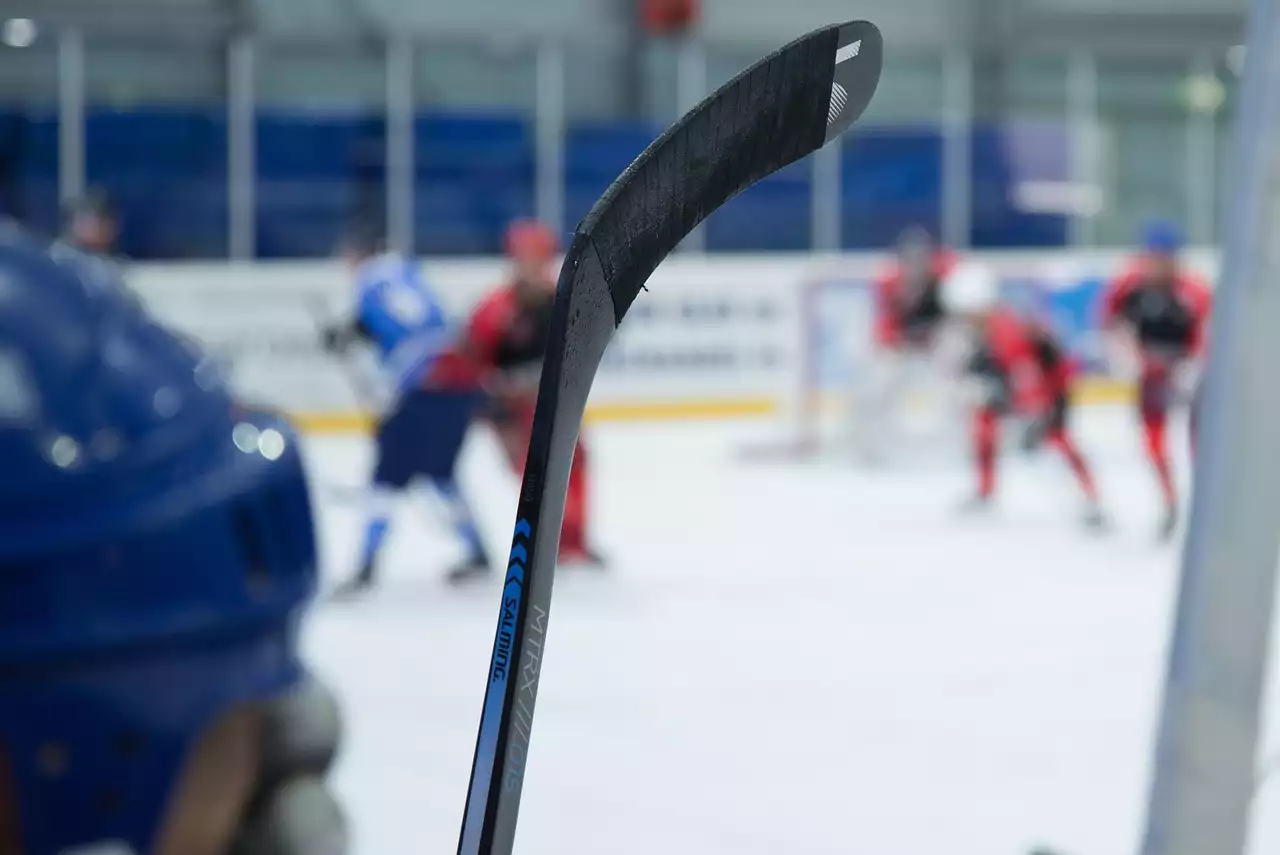Overview of Hockey's History and Evolution
Hockey is a sport that has been around since the mid-1800s, and it has become increasingly popular since then. The earliest form of hockey was played in the United Kingdom and then spread to Canada and the United States. In the early days of hockey, players wore minimal protective equipment, and the game was much more physical than it is today. As the sport evolved, so did the equipment used by the players. With the introduction of better protective gear, referees, and other safety measures, hockey has become much less physical and more focused on skill and strategy.
The Importance of Safety in Hockey
The importance of safety in hockey cannot be overstated. Hockey is a contact sport and has the potential to be dangerous if proper safety measures are not taken. As the sport has evolved, so has the equipment used by players. Protective gear such as helmets, shoulder pads, shin guards, and other protective clothing is essential for reducing the risk of injury. The use of helmets has become mandatory in most hockey leagues, and many leagues have also implemented the use of mouthguards and face shields. This protective equipment is designed to reduce the risk of head and facial injuries, as well as other injuries that may occur due to contact with other players or the surface of the ice.
The Rise of Protective Hockey Equipment
With the increasing popularity of hockey and the need for improved safety measures, there has been a steady rise in the use of protective hockey equipment. The earliest form of protective equipment was the use of leather pads to protect the elbows and knees. As the sport evolved, so did the protective gear, with the introduction of shoulder pads, shin guards, and gloves. In addition to this, helmets have also become mandatory in many hockey leagues, with the introduction of face shields and mouthguards for additional protection.
Evolution of Skates Over Time
Skates have been an essential part of hockey for centuries, and their design has seen a dramatic evolution over time. In the early days of hockey, skates were made of wood and leather and had metal blades attached to the bottom. This design proved to be dangerous, as the metal blades often caused injuries. As the sport evolved, skates became more advanced, with the introduction of synthetic materials and more durable blades. Today, hockey skates are made with lightweight synthetic materials and feature high-performance blades that are designed to provide maximum speed and agility on the ice.
Evolution of Helmets Over Time
The use of helmets in hockey has been largely driven by the need for improved safety measures. In the early days of hockey, helmets were not mandatory, and players often went without them. As the sport evolved, helmets became more common, with the introduction of leather and plastic helmets. These helmets provided some protection but were not designed to withstand the impacts of hockey. In the 1970s, the National Hockey League (NHL) introduced the first modern hockey helmet, which was designed to provide superior protection and was mandatory for all players. Today, hockey helmets are made with advanced materials and feature advanced safety features, such as face shields and multi-impact liners.
Evolution of Gloves Over Time
Gloves have been an essential part of hockey since the early days of the sport. In the early days of hockey, players wore leather gloves to protect their hands from the cold and the ice. As the sport evolved, gloves became more advanced, with the introduction of synthetic materials and better padding. Today, hockey gloves are made with advanced materials and feature breathable mesh panels, wrist guards, and lightweight padding to provide maximum protection and comfort on the ice.
Evolution of Sticks Over Time
Sticks have been an integral part of hockey since the sport's inception. In the early days of hockey, players used wooden sticks that were curved at the end to help with puck control. As the sport evolved, so did the design of the stick, with the introduction of synthetic materials, new shapes, and lighter weights. Today, hockey sticks are made with advanced materials and feature curved blades and lightweight shafts for superior performance.
Evolution of Protective Pads Over Time
Protective pads have been an essential part of hockey for centuries. In the early days of hockey, players wore leather pads to protect their elbows and knees. As the sport evolved, so did the protective gear, with the introduction of shoulder pads, shin guards, and other protective clothing. Today, hockey players wear a variety of protective pads, including shoulder pads, elbow pads, shin guards, and other protective clothing. These pads are designed to provide maximum protection and comfort on the ice, while still allowing for mobility and agility.
Emerging Trends in Hockey Equipment
As hockey continues to evolve, so does the equipment used by players and referees. In recent years, there has been a rise in the use of technological advancements to improve the performance and safety of hockey equipment. This includes the use of advanced materials, such as carbon fiber, to create lightweight and durable sticks and helmets. In addition, the use of electronic sensors, such as those used in sports analytics, is becoming increasingly common, allowing for improved tracking of player performance and improved safety measures. As technology continues to advance, so will the hockey equipment used by players and referees alike.








.png?size=50)

